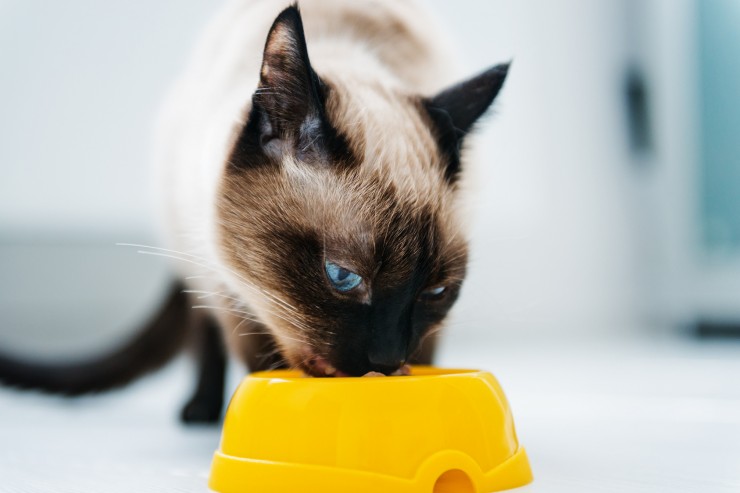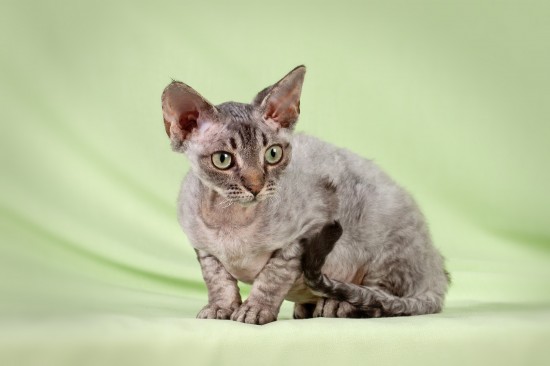
Feline Panleukopenia is a serious disease in cats. It frequently develops in stray cats that are not properly vaccinated.
Feline Panleukopenia or Feline Distemper is a serious disease that occur in cats. It is also known as Feline Distemper. The illness is caused by a Parvovirus that is present everywhere in the environment and has been recorded in many countries. As such most cats are exposed to the pathogen to varying degrees. However, the disease only takes hold in cats with weakened immunity.
Most cat owners are unaware of Feline Panleukopenia since kittens are routinely immunized against it as part of the standard vaccination regimen. The disease thus appears in feral, abandoned and other stray felines that have not received adequate protection. Once the illness takes hold, it is deadly - killing up to nine out of every ten individuals. No cure exists apart from dietary support and loving care. If the cat is able to pull through the acute phase lasting the first week, it is likely to survive and develop complete future immunity against the illness.
Feline Panleukopenia is quite a contagious disease and spreads readily through bodily secretions and fecal route. Often numerous cats in shelters and other crowded settings catch the infection. The virus spreads through the body's lymphatic system upon entry and rapidly enters the bone marrow where it shuts down production of body's protective white blood cells (panleukopenia). The result is a catastrophic decline in body's defensive abilities that often leads to mortality through secondary bacterial infection.
Next the virus moves to the intestines where it destroys the protective gut lining, again exposing the cat to infection as well as causing life threatening diarrhea. Since there is no medicinal cure, the virus completes its natural cycle of progression until either the victim succumbs or recovers enough to combat it. The virus, however, stays in the animal for several weeks and is capable of spreading to other felines even after there are no residual signs of illness in the originally infected cat.
Examination of infected cats reveals high fever, dehydration and lymphadenopathy. Blood picture reveals a universal reduction in leukocyte (white blood cell) count. Therapeutic options are mainly limited and supportive, comprising mainly of fluid infusion and antibiotic prophylaxis to protect against opportunistic infections. In pregnant cats even a mild infection may lead to abortion or cerebellar hypoplasia in kittens.
Article Tags: Feline Panleukopenia
 Protecting Your Dog From The “most Poisonous Plant In Britain”
Protecting Your D
Protecting Your Dog From The “most Poisonous Plant In Britain”
Protecting Your D
 The Pros And Cons Of Taking On Two Unrelated Adult Dogs At Once
The Pros And Cons
The Pros And Cons Of Taking On Two Unrelated Adult Dogs At Once
The Pros And Cons
 Can Dogs Eat Cat Food Long-term?
Can Dogs Eat Cat
Can Dogs Eat Cat Food Long-term?
Can Dogs Eat Cat
 What To Do When Your Cat Goes Off Their Food
What To Do When Y
What To Do When Your Cat Goes Off Their Food
What To Do When Y
 Dander In Cats Explained
Dander In Cats Ex
Dander In Cats Explained
Dander In Cats Ex
Copyright © 2005-2016 Pet Information All Rights Reserved
Contact us: www162date@outlook.com